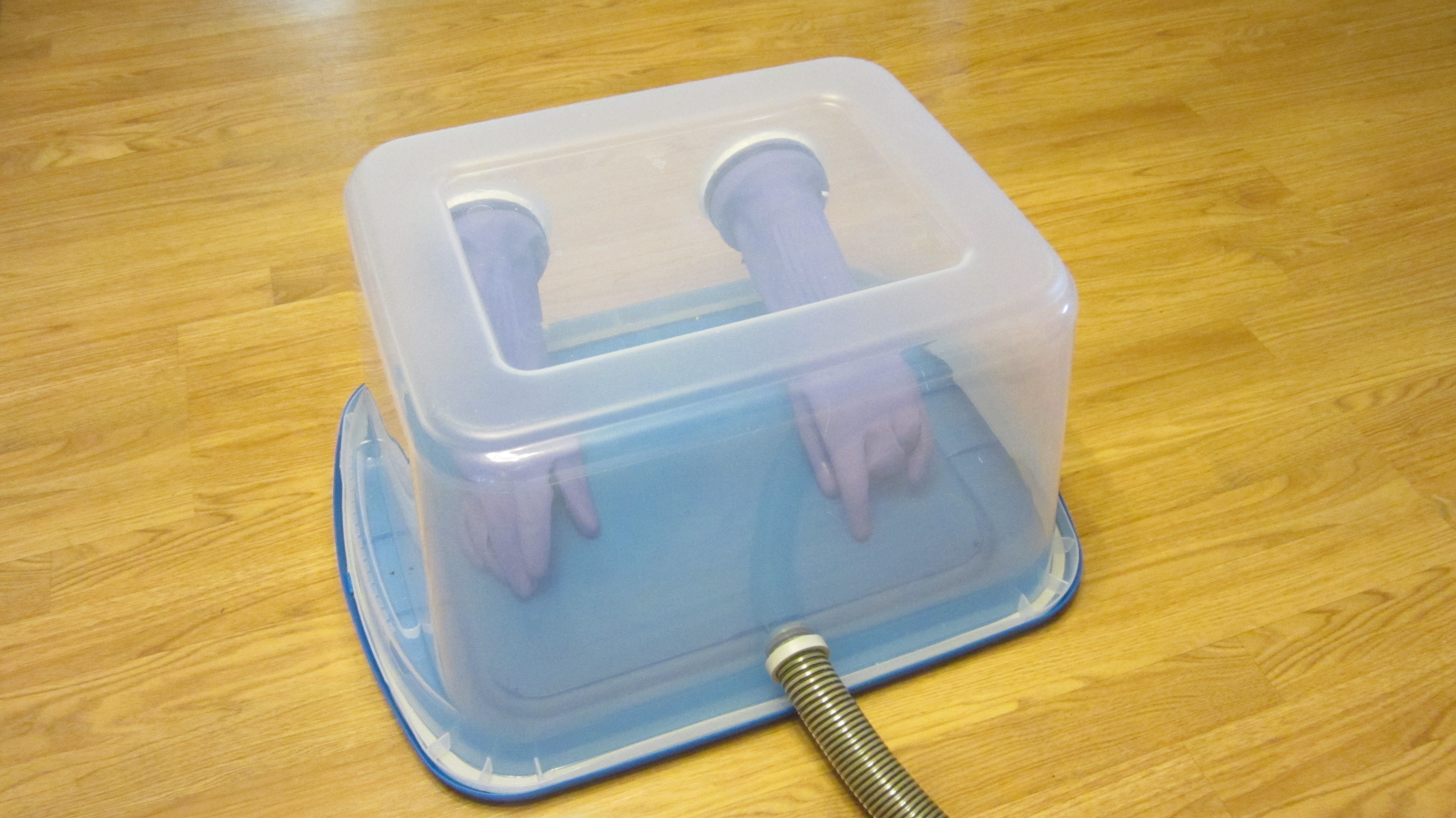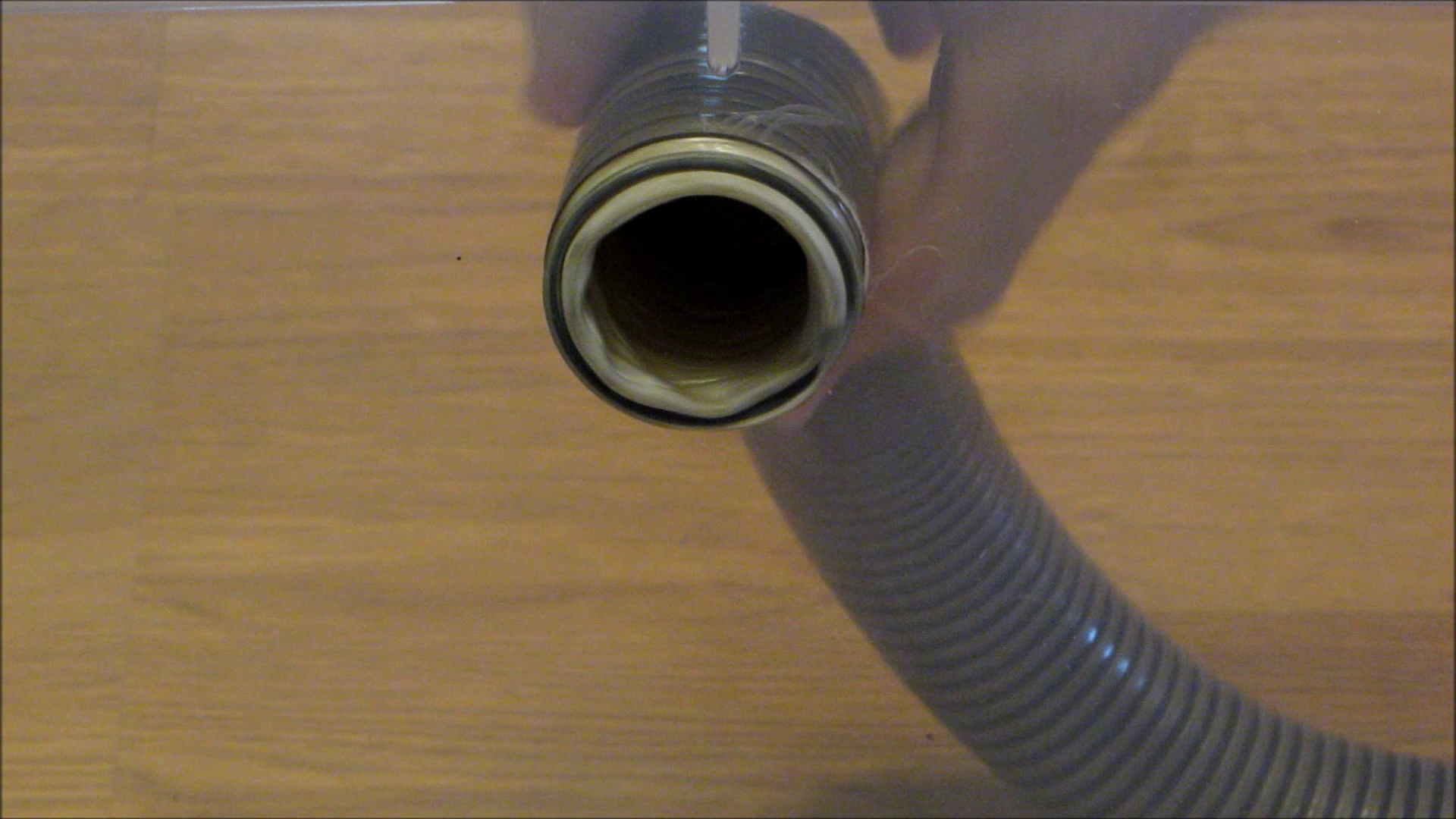If you want to keep fine particles or chemical fumes contained, then you need to seal the openings on the glove box. The first step in doing this is to seal the arm ports. To do this you will need a few additional materials. To make the arm ports, you will need two pieces of 4 inch diameter PCV pipe that are each 2-3 inches long. To seal the edges of the pipe, you will need a tube of sealant. The type of sealant that you should use will depend on how you will be using the glove box but for most applications, regular silicone caulking is fine. For the gloves, I recommend using elbow length waterproof gloves. To attach the gloves to the PVC pipe you can use hose clamps, zip ties, or even strong rubber bands.
Begin by inserting the PVC pipe into the cut holes. You may need to widen the holes a little if they don’t fit. Position the pipes so that there is about 1/2 inch of pipe sticking out of the side of the box. Then apply the sealant all around the pipe on both sides of the wall and let it dry overnight. Then fit the gloves over the PVC pipe inside the box. Be sure to mount the right glove on the right side and the left glove on the left side with the palms down. Slide your hands into the gloves to verify that they are in a good working position. Lastly secure the gloves in place with hose clamps, zip ties or strong rubber bands.
Sealed arm ports like these are much better at keeping fine particles, dust, and powder contained within the box. This feature makes a glove box well suited for applications that involve grinding or cutting with a rotary tool since these tasks often kick up a lot of fine particles that can be hazardous to breathe.



























